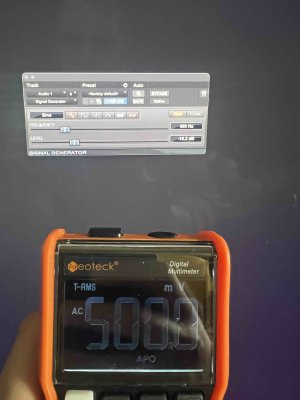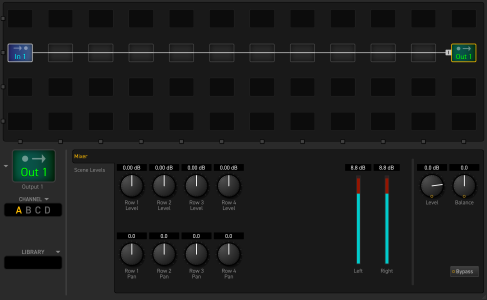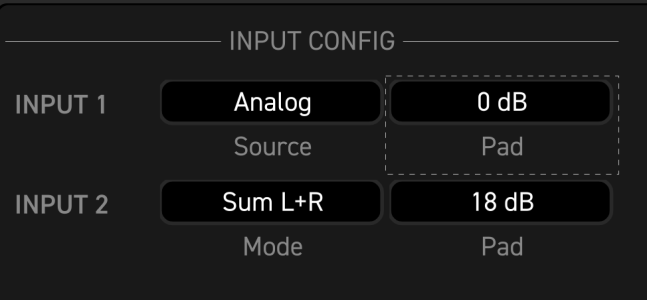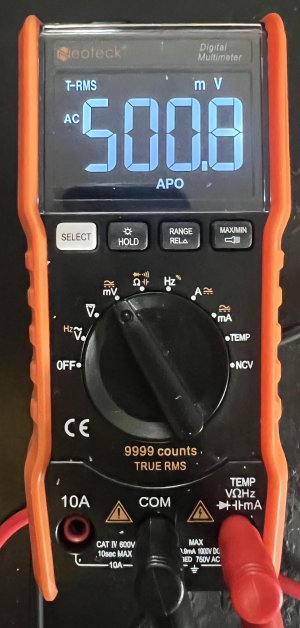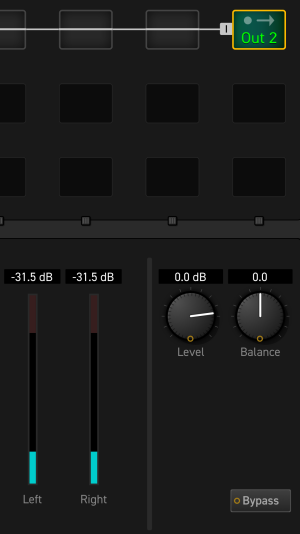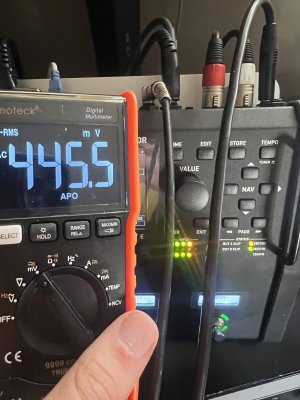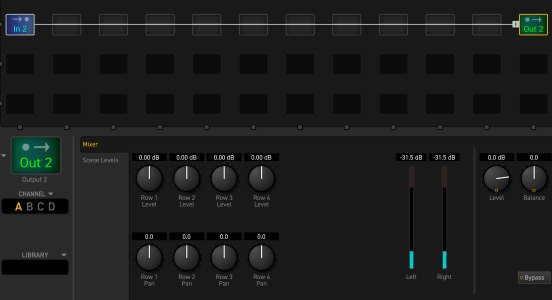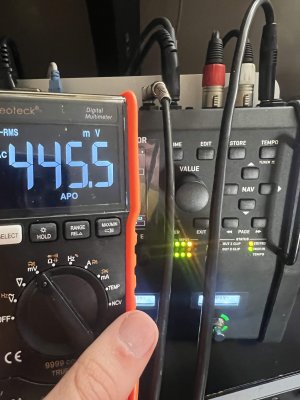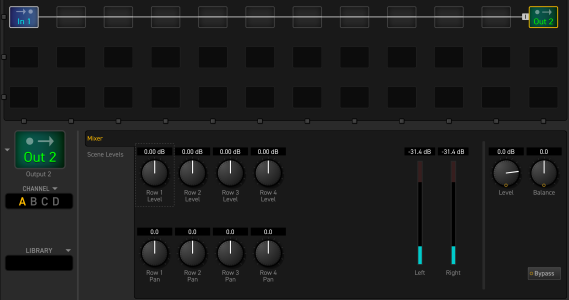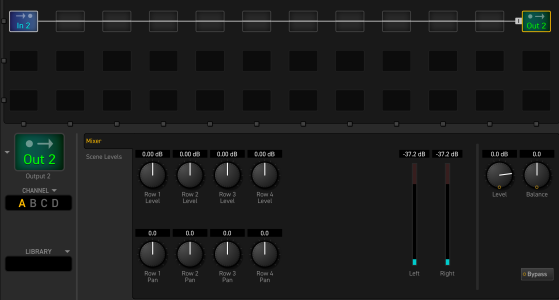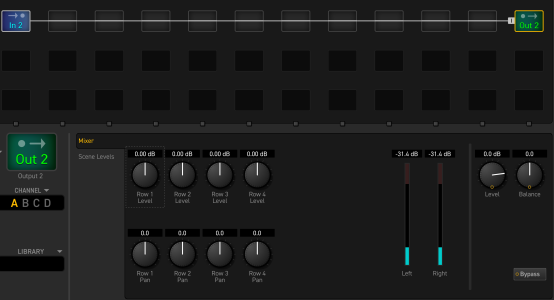James Freeman
Rock Star
- Messages
- 4,287
You have a "mV" setting on your Multimeter.
Check if it is sensitive to frequency, it should read the same mV of frequencies up to 1kHz, above that the reading is not accurate.
Check if it is sensitive to frequency, it should read the same mV of frequencies up to 1kHz, above that the reading is not accurate.

